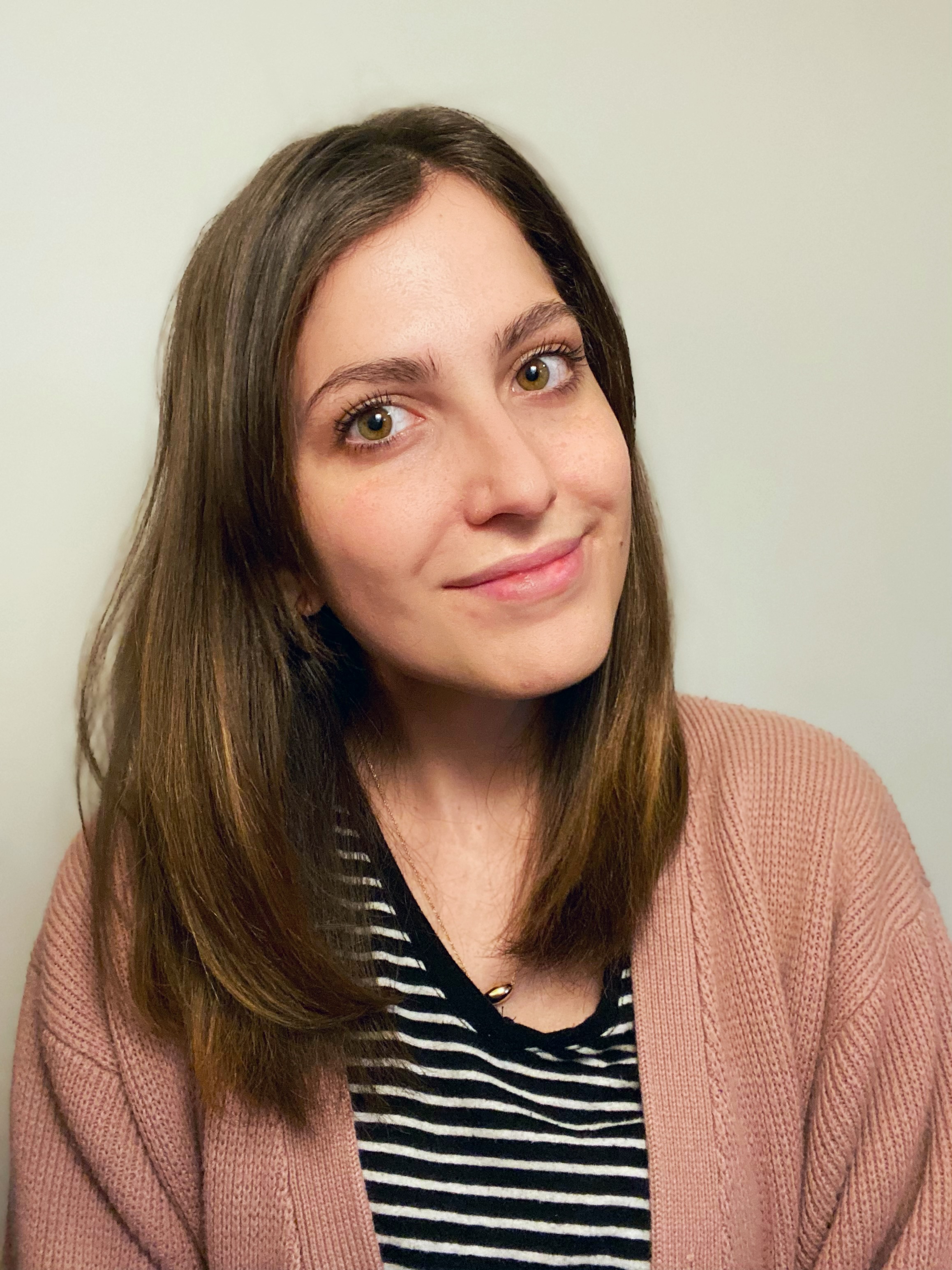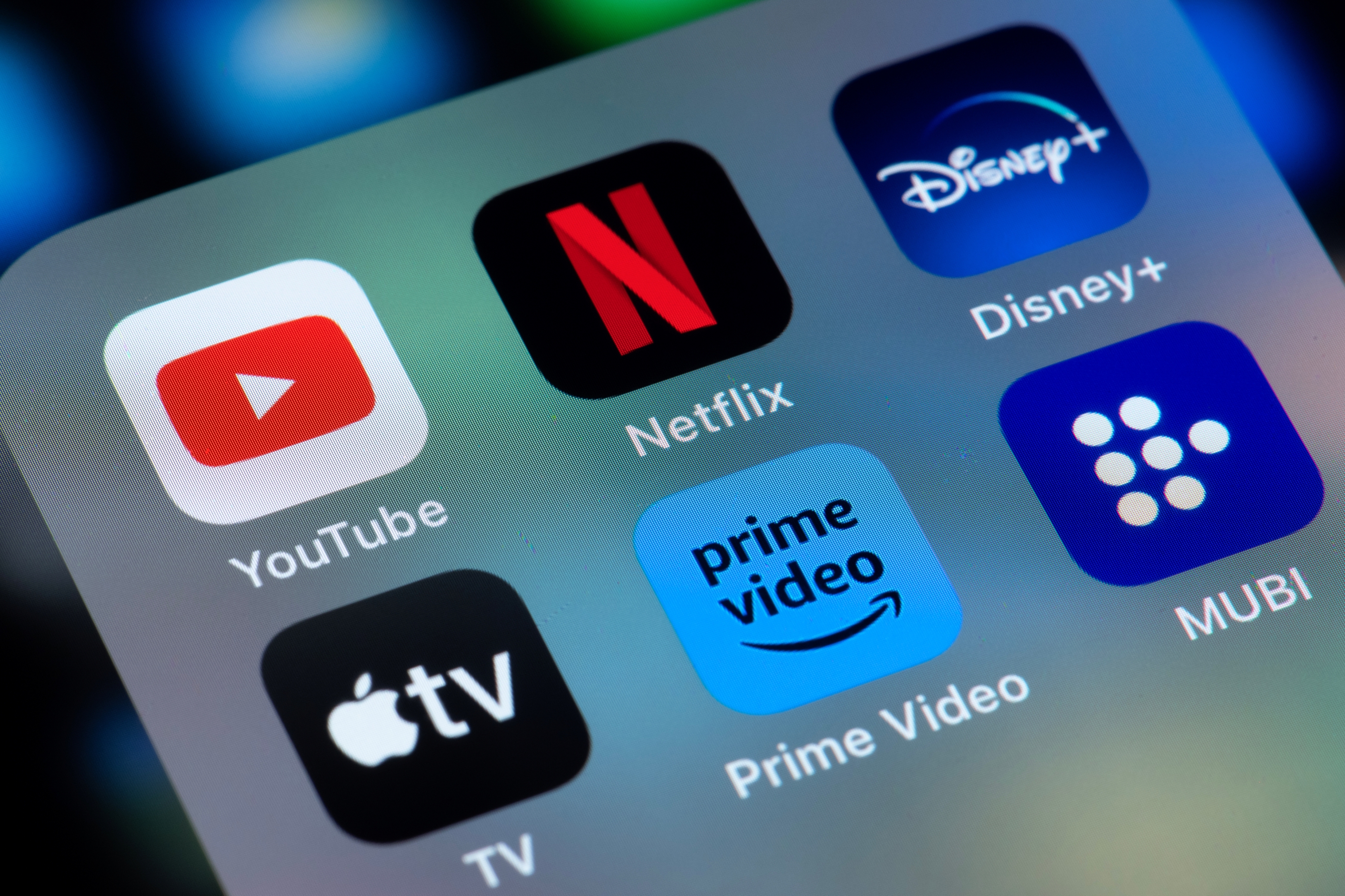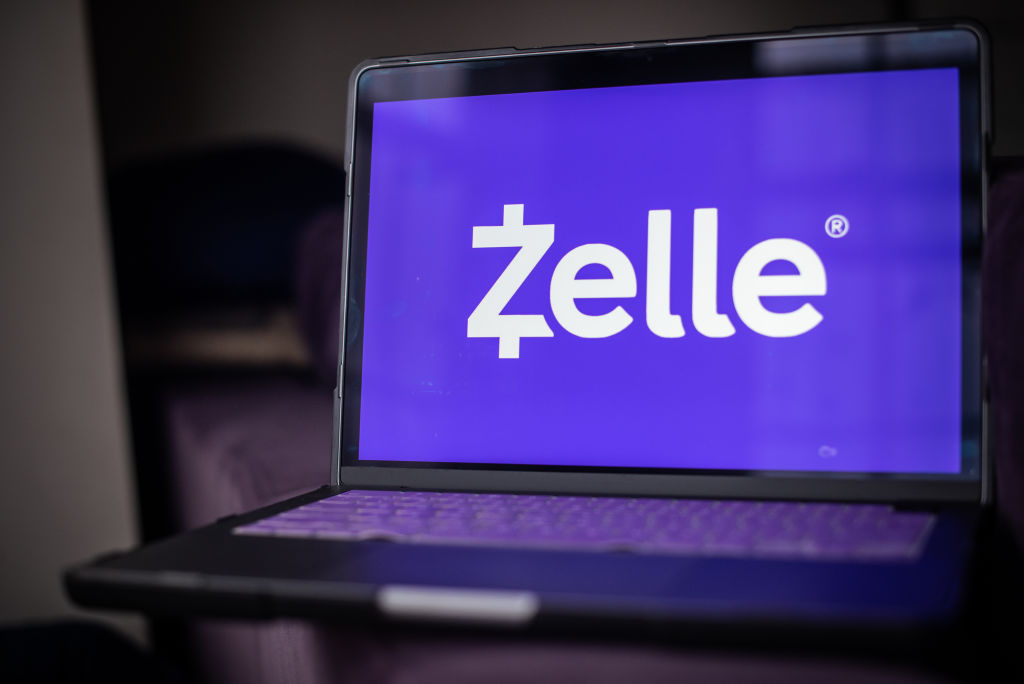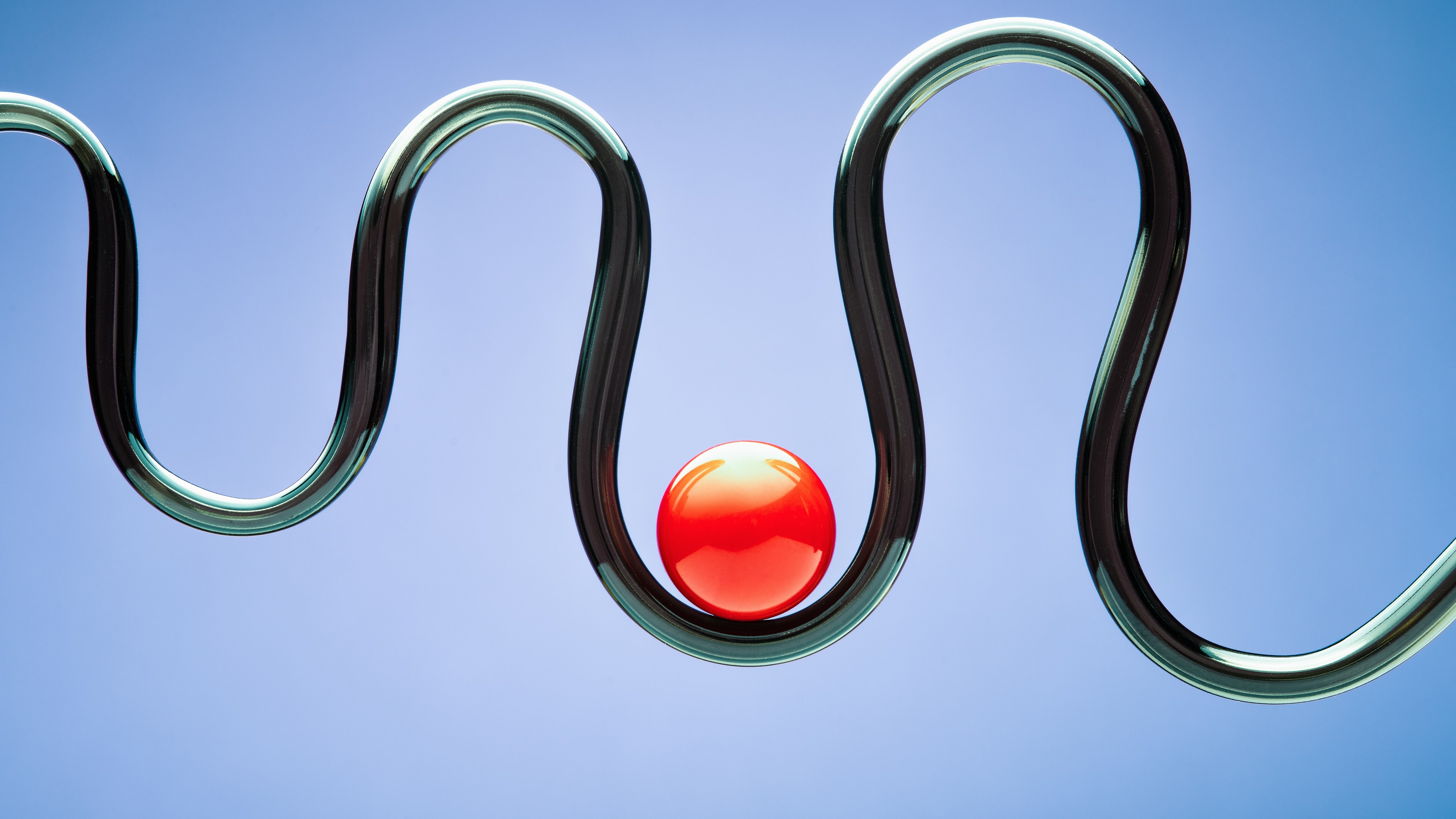Money Market Account vs High-Yield Savings Account
Debating on where to save your money? Two options include a high-yield savings or a money market account. Discover which one offers you the right fit.

Sean Jackson
The Federal Reserve didn't cut interest rates at its latest meeting. This is fantastic news for savers, as rates of return remain somewhat high on savings options.
If you're searching for places to store your cash, a money market account or high-yield savings account could be wise options to consider. Since both offer different perks, investigating them in further detail can help you decide which option is best for you.
Which is more accessible?
Most money market accounts make accessing your funds easier than high-yield savings accounts. This is because money market accounts usually offer check-writing privileges, and in some cases, even allow you to pay directly from your account with a debit card or easily pull funds from an ATM.

Sign up for Kiplinger’s Free E-Newsletters
Profit and prosper with the best of expert advice on investing, taxes, retirement, personal finance and more - straight to your e-mail.
Profit and prosper with the best of expert advice - straight to your e-mail.
Check out some of the best money market accounts:
| Account | APY | Min. Opening Deposit |
|---|---|---|
| Quontic Bank | 4.75% | $100 |
| Brilliant Bank | 4.70% | $1,000 |
| Vio Bank | 4.46% | $100 |
| All America Bank | 4.40% | $500 |
| CFG Bank | 4.37% | $1,000 |
| Republic Bank of Chicago | 4.30% | $2,500 |
| Merchants Bank of Indiana | 4.25% | $50 |
| Northern Bank Direct | 4.25% | $5,000 |
| UFB Direct | 4.01% | $0 |
| American First Credit Union | 1.00% - 4.00% | $0 |
| First Internet Bank | 3.61% | $100 |
| BluPeak Credit Union | 2.50% | $100 |
On the other hand, to spend the money in a high-yield savings account, you’ll often have to connect the account to an existing checking account and then transfer funds from one account to the other, making it a bit more difficult to access your cash. For this reason, if an emergency arises and you need quick access to your savings, a money market account has an advantage over a high-yield savings account.
Which is less risky?
Both money market accounts and high-yield savings accounts are solid choices if you're looking for a risk-free way to maximize your savings. This is because both high -yield savings accounts and money market accounts offered by banks or credit unions are FDIC or NCUA insured.
This means that if your bank fails and goes under, you won’t have to worry about losing your hard-earned cash. FDIC insurance protects up to $250,000 in individual deposit accounts and up to $250,000 for each person’s share of joint accounts. NCUA insurance is similar, covering accounts held at credit unions. NCUA insurance covers up to $250,000 per credit union member. These protections cover accounts at both brick-and-mortar banks and online banks.
Which has a higher APY?
Both money market accounts and high-yield savings accounts possess much higher savings rates than traditional savings accounts, with some even offering close to 5% APY. However, high-yield savings accounts sometimes beat out money market accounts when it comes to APY, so it’s important to compare rates before opting for one account over the other. Opening a savings account with a high APY, whether it's a high-yield savings account or a money market account, is a no-brainer. You'll earn interest on your cash (free money!) with little effort on your part.
See our list of top money market accounts and best high-yield savings accounts to compare current rates today. You can also compare current rates among high-yield savings accounts by using the tool below.
What are the minimum balance and deposit requirements?
Many high-yield savings accounts have very low balance and deposit requirements, making them accessible to all people, even those with low savings balances. You can see balance requirements and current rates for some of the best options below:
| Account | APY | Min. opening deposit |
|---|---|---|
| Newtek Bank | 4.55% | $0 |
| BrioDirect | 4.55% | $5,000 |
| Poppy Bank | 4.50% | $0 |
| Jenius Bank | 4.50% | $0 |
| My Banking Direct | 4.45% | $500 |
| Popular Direct | 4.40% | $100 |
| Bread Savings | 4.40% | $100 |
| Western Alliance Bank | 4.30% | $500 |
| Evergreen Bank Group | 4.25% | $100 |
| Forbright Bank | 4.25% | $250 |
| Ivy Bank | 4.25% | $2,500 |
| Flagstar Bank | 4.20% | $25,000 |
| RBMax | 4.15% | $10 |
| Upgrade | 4.14% | $1,000 |
| Laurel Road | 4.00% | $0 |
On the other hand, when compared to high-yield savings accounts, money market accounts often have higher minimum balance requirements. With a high minimum balance requirement, it's easier to fall below your account minimum, making you more likely to incur fees. However, there are exceptions; you can find money market accounts with no or low balance requirements.
Bottom line
Overall, both money market accounts and high-yield savings accounts have their pros and cons. So, when should you choose a money market account over a high-yield savings account?
Typically, money market accounts are better suited to people with larger amounts of money they’re looking to save, as they’ll be able to meet any minimum balance requirements and therefore avoid fees. On the other hand, individuals who are just beginning to save and don’t have large amounts of cash to put in an account should opt for a high-yield savings account (or a money market account with a low minimum balance requirement).
Additionally, because cash is more accessible in a money market account, these accounts make good options for individuals who plan on spending from the account every so often. If you don't plan on withdrawing cash from your savings, unless in an emergency, opt for a high-yield savings account with a high APY.
Related Content
Get Kiplinger Today newsletter — free
Profit and prosper with the best of Kiplinger's advice on investing, taxes, retirement, personal finance and much more. Delivered daily. Enter your email in the box and click Sign Me Up.

Erin pairs personal experience with research and is passionate about sharing personal finance advice with others. Previously, she was a freelancer focusing on the credit card side of finance, but has branched out since then to cover other aspects of personal finance. Erin is well-versed in traditional media with reporting, interviewing and research, as well as using graphic design and video and audio storytelling to share with her readers.
- Sean JacksonPersonal finance eCommerce writer
-
 The AI Doctor Coming to Read Your Test Results
The AI Doctor Coming to Read Your Test ResultsThe Kiplinger Letter There’s big opportunity for AI tools that analyze CAT scans, MRIs and other medical images. But there are also big challenges that human clinicians and tech companies will have to overcome.
By John Miley Published
-
 The Best Places for LGBTQ People to Retire Abroad
The Best Places for LGBTQ People to Retire AbroadLGBTQ people can safely retire abroad, but they must know a country’s laws and level of support — going beyond the usual retirement considerations.
By Drew Limsky Published
-
 How to Get Apple TV Plus for just $2.99
How to Get Apple TV Plus for just $2.99For a limited time, you can get three months of Apple TV Plus for just $2.99 per month. Here’s how to get the deal.
By Rachael Green Published
-
 Don’t Panic About the “Retail Blackout” – See Which Stores Are Closing (and Which Aren’t) for Easter 2025
Don’t Panic About the “Retail Blackout” – See Which Stores Are Closing (and Which Aren’t) for Easter 2025Dozens of major retailers are planning to close their doors on April 20. Find out which of your go-to stores are on the list.
By Rachael Green Published
-
 Home Insurance: How to Cut Costs Without Losing Coverage
Home Insurance: How to Cut Costs Without Losing CoverageNatural disasters are causing home insurance premiums to soar, but don't risk dropping your coverage completely when there are ways to keep costs down.
By Jared Elson, Investment Adviser Published
-
 Why Homeowners Insurance Has Gotten So Very Expensive
Why Homeowners Insurance Has Gotten So Very ExpensiveThe home insurance industry is seeing more frequent and bigger claims because of weather, wildfires and other natural disasters.
By Karl Susman, CPCU, LUTCF, CIC, CSFP, CFS, CPIA, AAI-M, PLCS Published
-
 Zelle App Shut Down? Why Zelle Has Discontinued Its App
Zelle App Shut Down? Why Zelle Has Discontinued Its AppWith the Zelle app shut down, learn how you can still use Zelle and which other mobile payment apps you might want to consider.
By Paige Cerulli Published
-
 Use This 1-Year CD if You’ll Owe Taxes Next Year
Use This 1-Year CD if You’ll Owe Taxes Next YearA one-year CD allows you to set money aside now for taxes you'll owe next year. We'll show our best choice.
By Sean Jackson Published
-
 How to Lower Home Insurance Rates When Climate Change Increases Costs
How to Lower Home Insurance Rates When Climate Change Increases CostsA top insurer warns the damage climate change causes is making it cost-prohibitive for insurers in some areas. Learn how to protect your home and lower costs.
By Sean Jackson Published
-
 Stick to the Plan: Don't Panic During Economic Uncertainty
Stick to the Plan: Don't Panic During Economic UncertaintyTake a breath and step back. Focus on a solid fiscal foundation to stabilize your investments during stock market volatility.
By Eric Lahaie, CFS®, RICP® Published